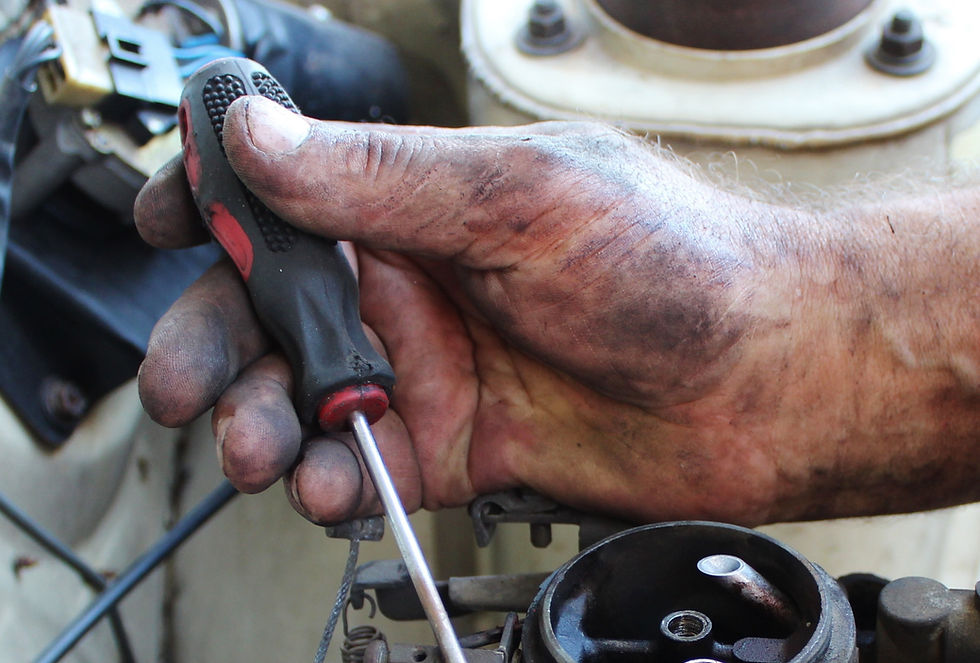"Oops!" has no place in Engineering
- Daniel Marquez

- Sep 3, 2017
- 2 min read

Competent engineers rely on their knowledge, experience, diligence, and deductive reasoning to make decisions. When either is missing, a good engineer identifies what he or she needs and conducts the necessary research. When it comes to critical deliverables, assumptions lead to negligence, which may lead to costly consequences.
As part of a control system upgrade on an industrial facility, a section of the structure had to be removed in order to replace the existing cabinets with new ones. The new cabinets were slightly deeper to accommodate node computers in removable drawers aimed to reduce downtime with interchangeable node drawers, so space was a concern. The client engineer and the customer engineer both independently reviewed the layout of the room. Both independently concluded there was sufficient space for the cabinets to be installed facing each other as long as no two opposing cabinets had their doors open at the same time.
The engineering drawings were stamped, the structure cut-open, cabinets replaced, cables routed and terminated, and structure welded back together. The project was considered a success, as it was completed ahead of schedule. This excitement would prove short-lived though.
The first time a flash drive failed in one of the controller nodes, technicians opened the cabinet door despite the minimal clearance with the opposing cabinet. So far so good. However, when he attempted to pull the drawer with the failed flash drive in order to replace it, he noticed the drawer tracks were longer than the width of the door, which of course could not go further due to the opposing cabinet. The technician had no choice but to disassemble the drawer in place, remove the failed parts, disassemble the spare drawer to obtain spare parts, and put the stuck drawer back together so the node could come back online.
Therefore, what was supposed to be an "upgrade" to expedite maintenance by using swappable node controllers, ended up increasing down time by 30%. When client management rightly launched and investigation into the matter, it was revealed that neither of the engineers had any field experience, so neither understood how the cabinets were supposed to be maintained. Because of this, the dimensional analysis was only conducted with the cabinets closed, never taking into consideration the length of the drawers.
By the time this was discovered, it was too late to do anything about it. Cutting the structure again to gain access to the room would take considerable resources, not to mention the modifications required to re-distribute the cabinets so they could fit. In the end, the only response the engineers could give was "Oops!", and the client had to live with the consequences for the foreseeable future.
True engineering requires diligence and in-depth understanding of why, how, when, what, and who for each system in scope. Effective engineers have to be able to see beyond what is in front of them and anticipate flaws before they manifest into failures.





Comments